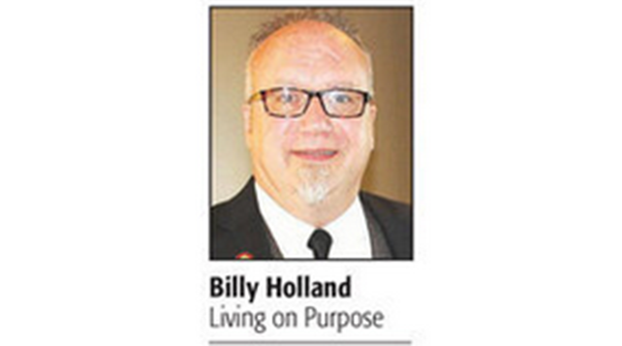COMMENTARY: Some context on the COVID-19 epidemic in Kentucky
Published 10:26 am Thursday, December 3, 2020
|
Getting your Trinity Audio player ready...
|
The public is understandably alarmed by the COVID-19 pandemic we have endured since February.
All of us know someone who has been infected, and many of us know someone who became very ill or even died.
Given the dramatic changes to all our lives, and the large economic losses suffered by households, business owners, employees and students, it is important to critically examine the evidence to date.
We admit that we are not epidemiologists, but as economists, we do have extensive training in statistics, modeling and program evaluation.
Our analysis yields some context that may be helpful to you.
Cases
The “surge” in cases you have heard about for the last couple months is partly because of increased testing and from a change in who is being tested.
Back in the spring, testing focused on health care workers and people who had severe symptoms, with a couple hundred tests coming back positive per day out of a thousand or so administered.
Since September, there have been about 20,000 tests per day, and now includes students, athletes and people who are planning to travel, and testing is detecting about 2,000 cases per day.
The positivity rate — the ratio of confirmed positive cases to tests administered — has fluctuated in a band between 2 percent and 10 percent since the April spike (of 17 percent), whether there were strict public health mandates in place or not.
Infections
There has been a recent increase in infections, but testing misses many who are infected.
The infection rate in the spring was 10 times what the limited testing revealed, and even today remains twice as high as testing indicates because the state relies on tests from those who choose to be tested, as opposed to a representative sample of the population. They continue to miss hundreds of thousands of people who are infected, but are asymptomatic and never get tested. Measuring positive cases from voluntary testing rather than developing estimates of the true number of infected individuals leads to large distortions in reported prevalence rates and fatality rates.
Who is tested
The state does not publish data on the characteristics of who is getting tested. Understanding who is being tested can make a big difference in one’s conclusions about the spread of the virus and the health implications. Young people are much more likely than older people to have COVID and never require treatment. Since late August, colleges and universities have required testing of students, presumably driving up the positive case count but posing no real threat to the health care system.
Hospitals
It is true that there has been a recent uptick in the number of people in hospitals, including intensive care units, being treated for COVID.
However, this does not mean our hospitals are overrun with patients. COVID patients now account for about 12 percent of hospital beds in Kentucky. Statewide, the average hospital occupancy rate has been running at less than 50 percent for the last decade.
ICU occupancy is now at the highest level this year, but over two-thirds of ICU beds remain unused. Several hospitals are reporting staffing problems because COVID patients require more care than the average hospital patient.
Deaths
Sadly, most of the COVID deaths have been among residents of long-term care facilities and other institutional settings.
This is not really surprising given how lethal the virus can be to people with weakened immune systems. It is especially sad, however, since many patients were quarantined and could not receive the full support and love from their families.
We need to do a better job supporting our nursing homes and other congregate settings.
Thankfully, fatality rates from COVID continue to fall as our great medical people have learned more effective treatments.
Schools
There is no evidence to support closing schools, and the CDC has long recommended the continuation of in-person education, and was reaffirmed by them a few days ago.
The state’s database shows that parochial and other private schools have been holding in-person classes since August with no significant health problems, including zero deaths of staff or students.
Data
State policy has relied primarily on case counts, which have never accurately reflected the true prevalence or lethality of the virus.
Better data, including regular representative random samples of the population (as is done with the Co-Immunity Project at the University of Louisville), would allow the state to target its resources better to fight the virus and further lowering the fatality rate.
Paul Coomes is emeritus professor of economics at the University of Louisville. Kenneth Troske is Richard W. and Janis H. Furst endowed chair of economics at the University of Kentucky.




